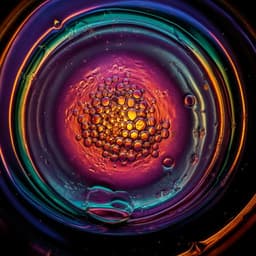
Space Sciences
A solar wind-derived water reservoir on the Moon hosted by impact glass beads
H. He, J. Ji, et al.
This groundbreaking research, conducted by Huicun He and colleagues, reveals the discovery of a substantial water reservoir on the Moon, contained within impact glass beads. These findings from the Chang'e-5 mission suggest a rapid recharge process for lunar water, reshaping our understanding of lunar resources.
~3 min • Beginner • English
Related Publications
Explore these studies to deepen your understanding of the subject.







